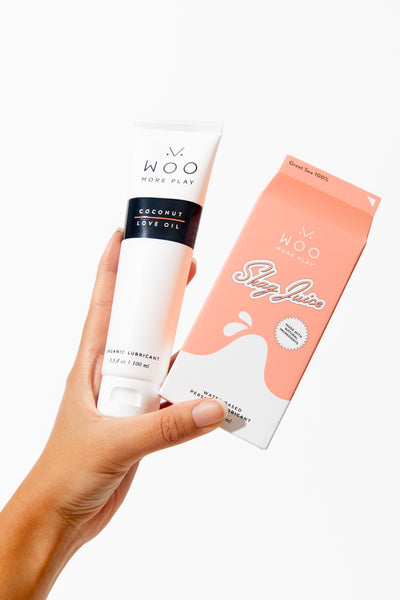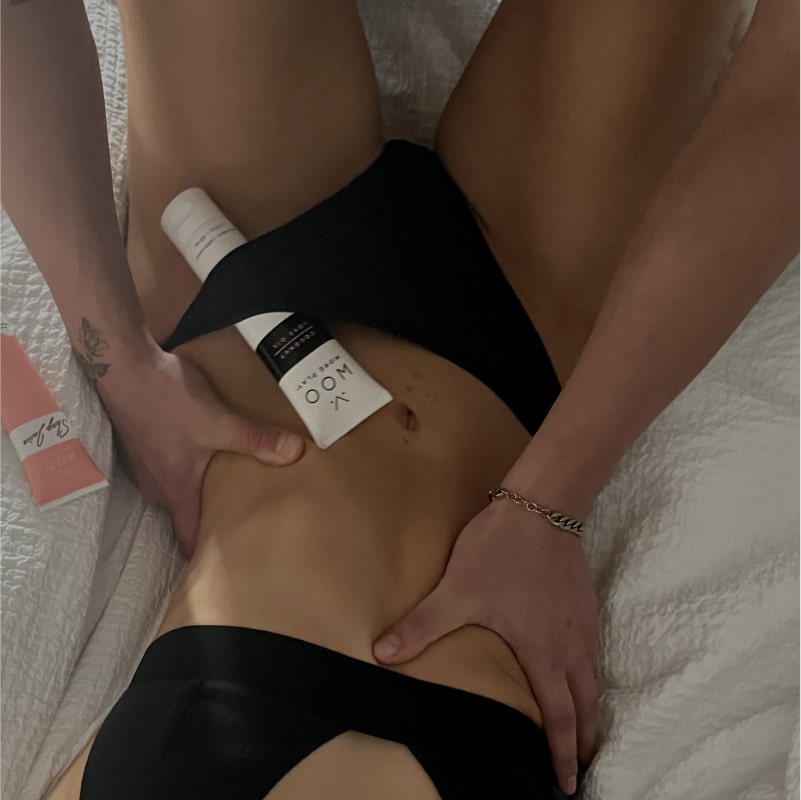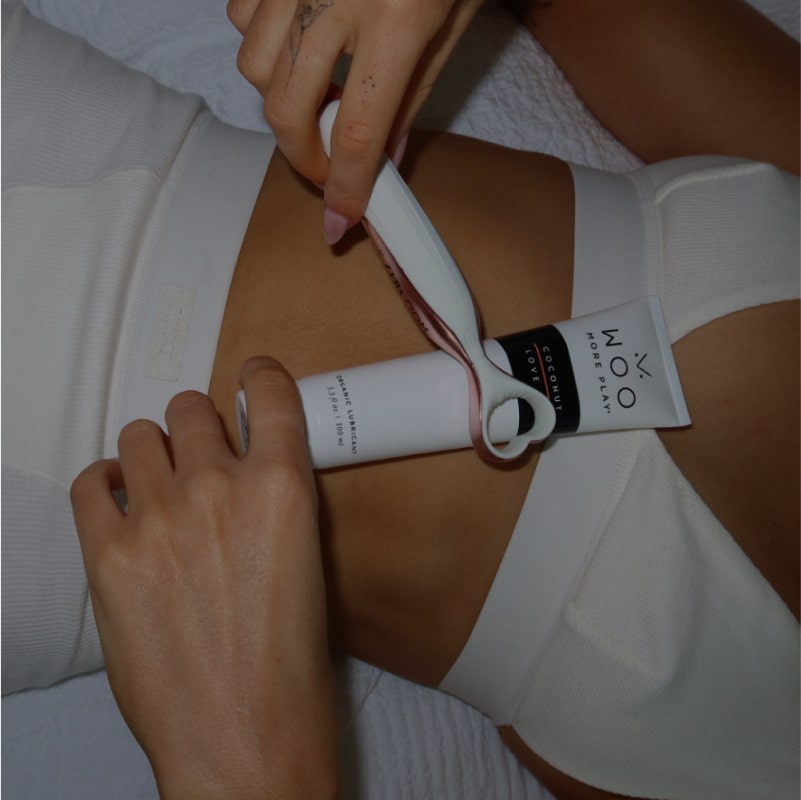Mastering Safe Sex Practices: The Ultimate Guide to Keeping It Hot & Healthy
(all things sex)
Don’t panic – keep the magic
Let’s cut to the chase: safe sex practices should be non-negotiable. We know killing the passion is the top concern here, but we swear, safe sex is more than worth it and less complicated than you think. From condoms to conversations, this guide has everything you need to know to protect yourself, your partner, and your peace of mind.
What Are Safe Sex Practices?
Safe sex practices are all about reducing the risk of sexually transmitted infections (STIs) and unexpected surprises (you know, pregnancy scares and such). Whether it’s oral sex, vaginal sex, or anal sex, these simple steps are there to protect you and your partner while keeping things steamy.
At its core, safe sex means using tools like condoms or dental dams, getting regular tests for STIs, and having honest, open convos about boundaries and history. Dampening the mood with safety talk is not ideal, but things could end far more unpleasant if you aren’t careful—it’s entirely worth ensuring everyone feels safe, comfortable, and ready to have a good time.
Safe Sex Practices That Should Be in Your Toolkit
1. Wrap It Up: Condoms and Dental Dams
Condoms are that b*tch. They’re 98% effective when used correctly, and they’re easy to find (bonus: they come in fun flavors and textures if you’re feeling fancy).
- Pick the Right Fit: Go for latex condoms, which are the gold standard for protecting against STIs. Allergic? Polyurethane and polyisoprene are solid alternatives.
- Don’t Forget Lube: Using silicone or water-based lubricants helps prevent condom breakage, especially during anal sex.
- Try Dental Dams: These thin sheets create a barrier during oral sex, protecting you from the spread of infection while keeping the fun alive and well.
- Birth Control: Whether you’re opting for an IUD (hey, miss Kyleena) or standard pills, these methods are effective and relatively easy to use.
- Vasectomies: As a more permanent option, some men may opt for a procedure that cuts sperm off from entering semen, making them infertile.
WOO Tip: Always check the expiration date and open condoms carefully (no teeth!).
2. Get Regular STI Tests
Even if you’re feeling 100% fine, STIs can be sneaky and show no symptoms. Regular testing is a no-brainer for anyone sexually active, especially if you have multiple partners.
- How Often? Every 3-6 months is a good rule of thumb, depending on your sex life.
- Where to Go: A visit to your doctor or OBGYN is the first stop. You can also check out sexual health clinics, Planned Parenthood, or use at-home test kits.
Testing isn’t about mistrust at all. It’s about taking care of yourself and your partner. It’s actually a green flag when someone takes care of their health.
3. Communication Is Sexy
Nothing sets the mood like open, honest conversation. Talking about boundaries, STI history, and preferences builds trust and shows you care.
- Start the Conversation: “Hey, I want to make sure we’re both on the same page about staying safe. Can we chat about it?”
- Discuss the Details: Cover everything from birth control methods to the use of Pre-Exposure Prophylaxis (PrEP) if HIV prevention is a concern. We know these conversations aren’t easy, but clear communication and sexual safety is a major turn-on in our books.
4. Know The Risks and Play Smart
Some behaviors come with higher risks than others. Here’s how to keep things low-risk:
- Multiple Partners: Make sure everyone’s regularly tested and on board with using protection.
- Be Wary of Substances: Alcohol and drugs can mess with your judgment, making it harder to stick to safe sex habits. Keep to your boundaries and safe sex practices no matter your mental state so you can focus on the fun.
Extra Credit: Vaccines and PrEP
Vaccinations
Did you know vaccines can help protect against STIs? The HPV vaccine is very highly recommended, guarding against strains that cause cervical cancer and genital warts. HPV is one of the most common STIs out there, and many strains don’t show symptoms at all. Also, don’t sleep on the Hepatitis B vaccine—it’s an easy way to protect your liver and health.
Pre-Exposure Prophylaxis Prep (PrEP)
If your sexual practices put you at a higher risk of HIV, Pre-Exposure Prophylaxis (PrEP) is a daily pill that reduces transmission risk by up to 99% –seems like a good deal, right?
Busting Myths About Safe Sex
Let’s clear up a few misconceptions:
- "Pulling out is good enough." Nope. The withdrawal method doesn’t protect against STIs, and even its pregnancy prevention stats are iffy (like only 78% effective iffy). Always wrap it up.
- "Oral sex is safe without protection." While it’s lower-risk, oral sex can still spread STIs like herpes and gonorrhea. Use a condom or dental dam to keep it classy (and safe).
- "I’d know if I had an STI." Most STIs don’t come with obvious symptoms, so regular testing is the only way to know for sure.
Why Safe Sex Practices Are a Must
Practicing safe sex isn’t just about avoiding “worst-case scenarios.” It’s about creating a worry-free, enjoyable experience. When you protect yourself, you’re saying “yes” to:
- Peace of Mind: No stress, just fun.
- Better Relationships: Trust and communication go hand-in-hand with safer sex.
- Your Health: Because your body deserves the best care you can give it.
Resources to Keep You in the Know
Need some backup? Check out these go-to resources:
- Planned Parenthood: For STI tests, free condoms, and expert advice.
- CDC: Your one-stop shop for sexual health tips.
- Local Health Departments: Many offer free testing and birth control options.
Final Thoughts On Safe Sex
Practicing safe sex is not there to create fear or kill the passion. Quite the opposite actually—it’s about being smart, confident, and in control. So be wise, condomize (yes, we had to say it), try a dental dam, and get regular STI tests. Every step you take is your free pass to a healthier, happier sex life.
So stock up, speak up, and stay safe—because great sex is even better when you’re worry-free.
























